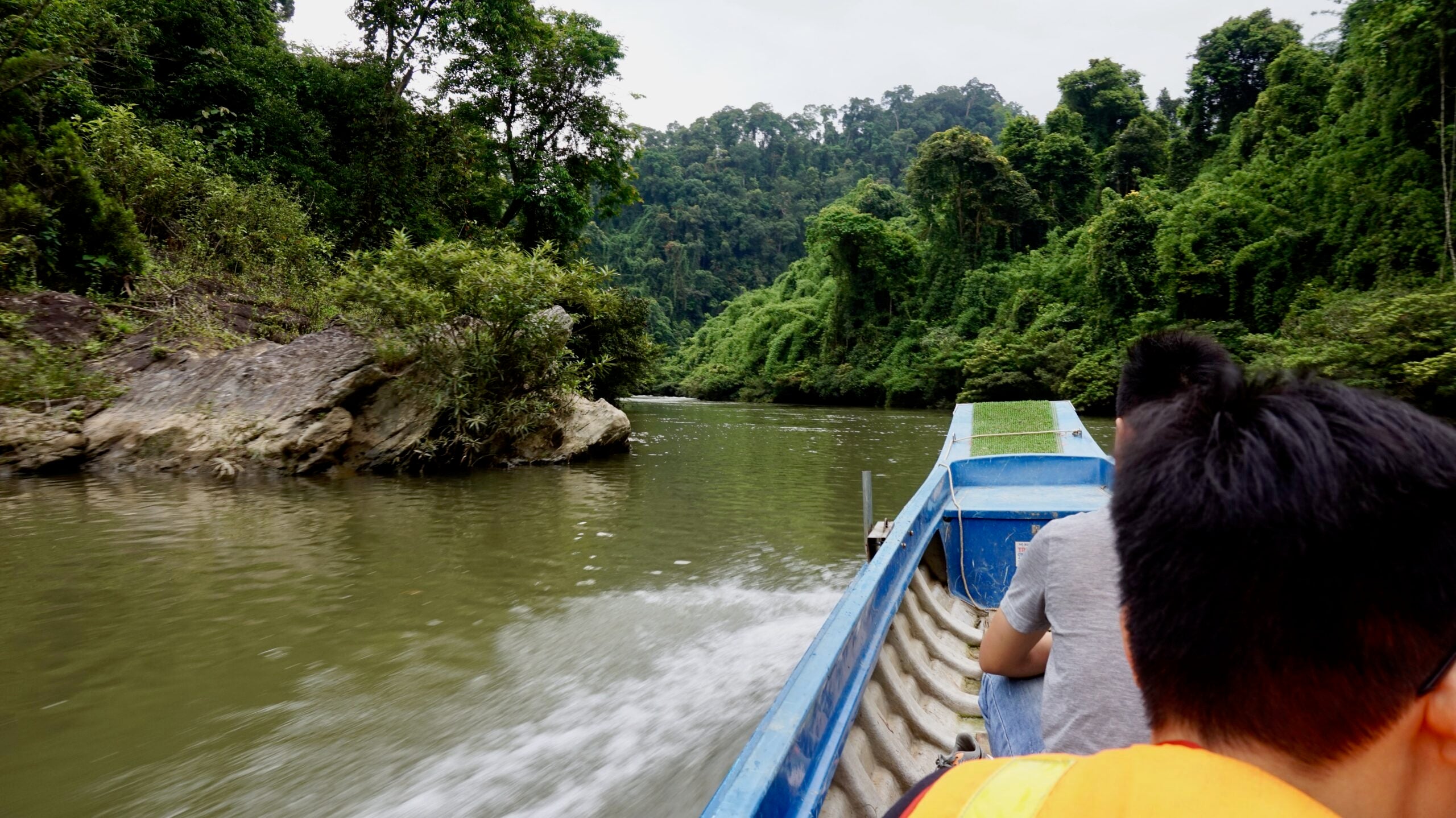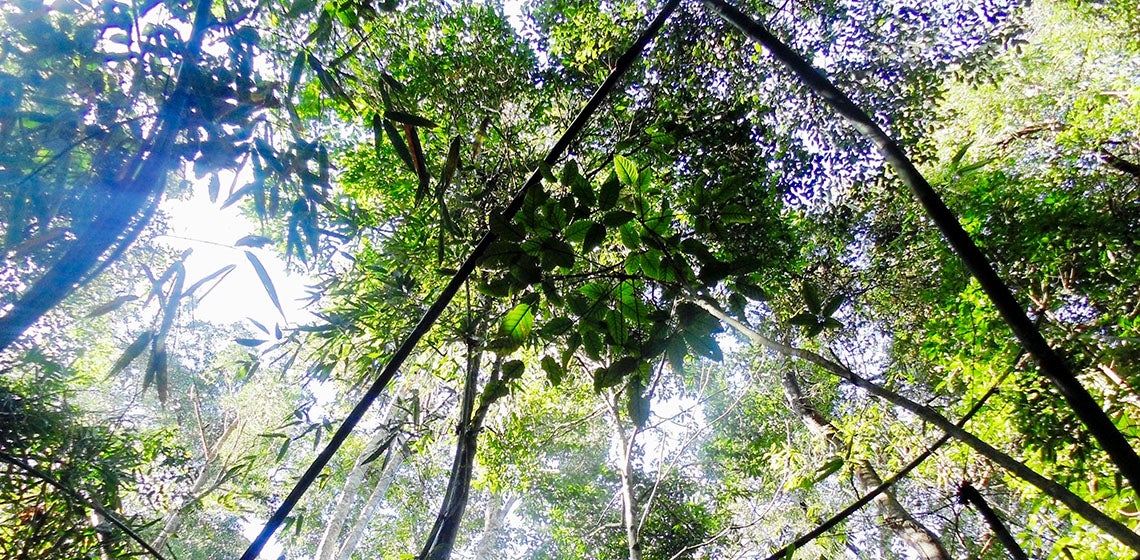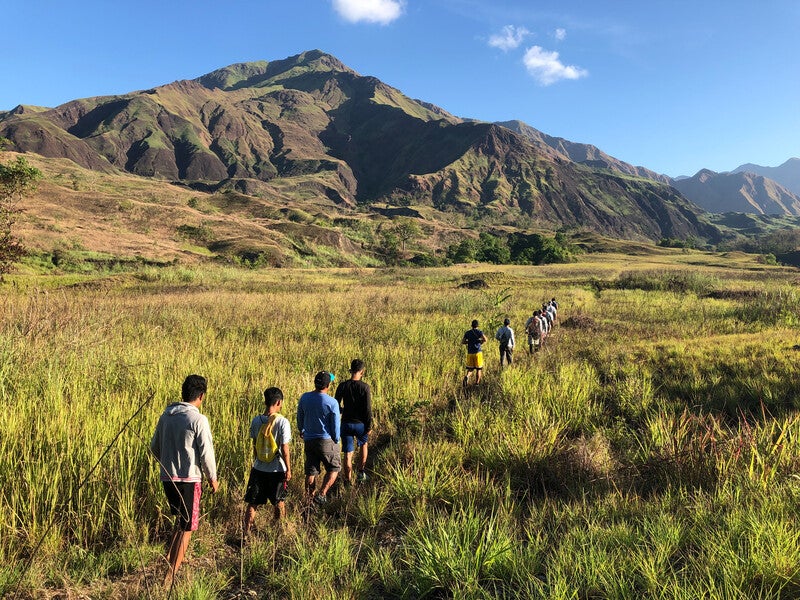Pu Mat National Park
DonatePartnering to Fight Poachers, Protect Sacred “Spirit Forests”
Vietnam’s Pu Mat National Park in the Annamite Mountains is one of the most important sites to protect and rewild in Vietnam. It is a Key Biodiversity Area (KBA) within the Indoburma Biodiversity Hotspot. The park is one of the last refuges for a host of mammal species that have captured the imaginations of biologists, including the Critically Endangered Saola, the Annamite Striped Rabbit, Owston’s Civet, Northern White-cheeked Crested Gibbon and possibly the Critically Endangered Large-antlered Muntjac. Local Indigenous communities consider parts of Pu Mat National Park to be sacred “spirit forests” that are important in local animist traditions.
Despite Pu Mat’s important role in providing a safe haven for a wealth of birds, amphibians, mammals and reptiles, rampant poaching in the park has devastated animal populations. Poachers set wire foothold snares to catch ground-dwelling animals for the illegal wildlife trade, mainly to sell to wildlife restaurants. Rangers can collect hundreds of snares in a single day on their patrols and if snaring continues at the current intensity, Pu Mat will be emptied of the biodiversity that helps make it one of our planet’s irreplaceable places.
Using camera traps set across the large and rugged park, Re:wild, Leibniz-IZW, Fauna & Flora International, Save Vietnam’s Wildlife and Vinh University teamed up to conduct the first-ever systematic survey of ground-dwelling species across Pu Mat National Park, which will help focus our conservation strategies. Stemming the tide of poaching will require a better understanding of the distribution and population of the region’s terrestrial animals to determine where we should focus our work and monitor the success of anti-poaching strategies. Understanding the distribution and abundance of species in the park will also help guide our future rewilding efforts for these species.
Re:wild works to restore the populations of Endangered species and rewild Pu Mat National Park. With rare and endangered Annamite endemics on the very brink of extinction, eliminating poaching in the Annamite Mountains will not only provide species like the Saola, Large-antlered Muntjac, Annamite-striped Rabbit, Owston’s Civet and Northern White-cheeked Gibbon with a lifeline to survive, but will also act as a model for other sites across the region.
With the park, and our local partners, we are:
Establishing a species monitoring system to measure the threats and impacts of protections for key species.
Improving the intensity and efficiency of snare-removal efforts
Upgrading patrols with technology including SMART, hand-held data collection devices and various sensors.
Using community-based conservation criminology to better understand the drivers behind poaching, so community-led solutions can be used to reduce poaching.






